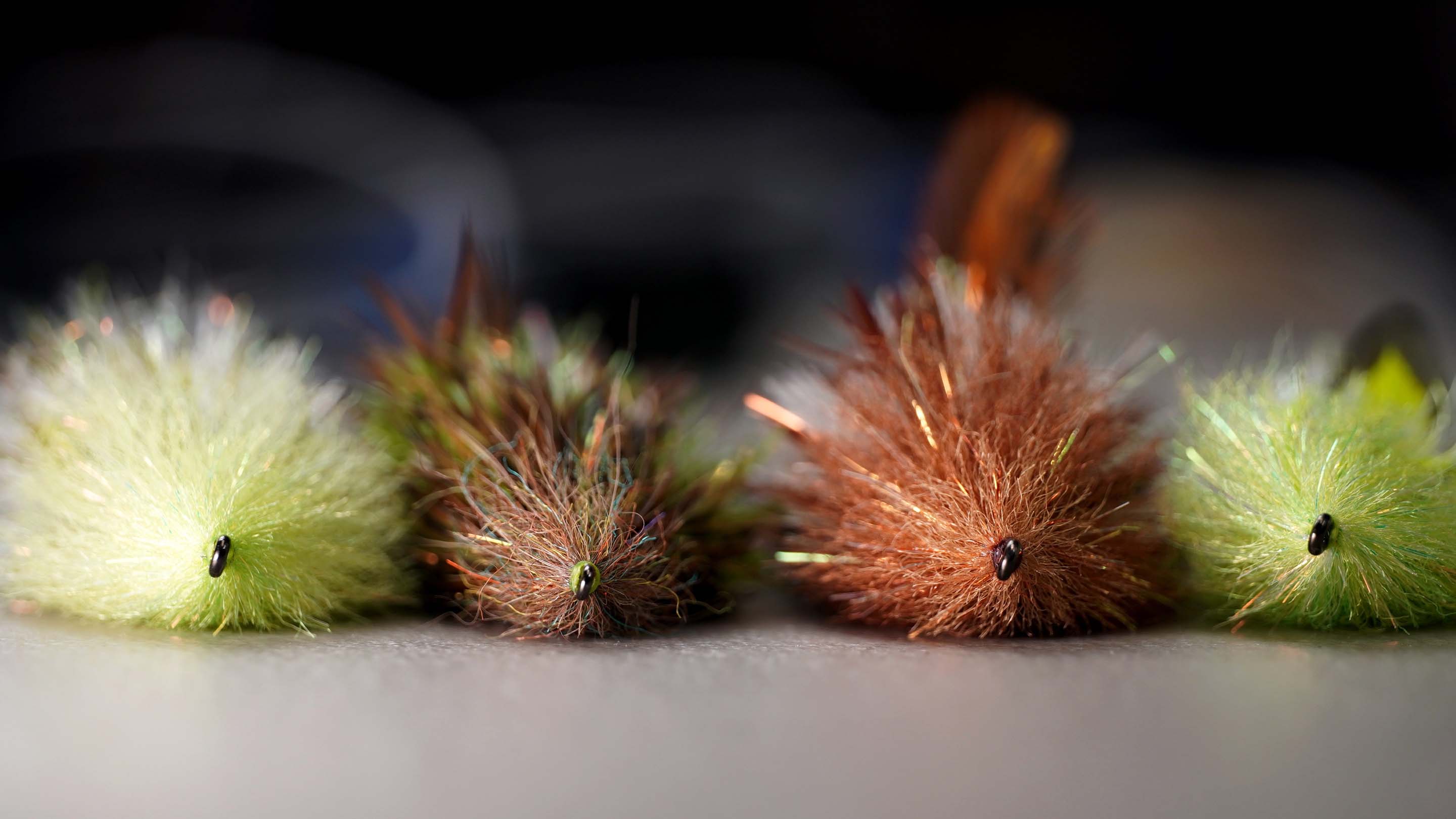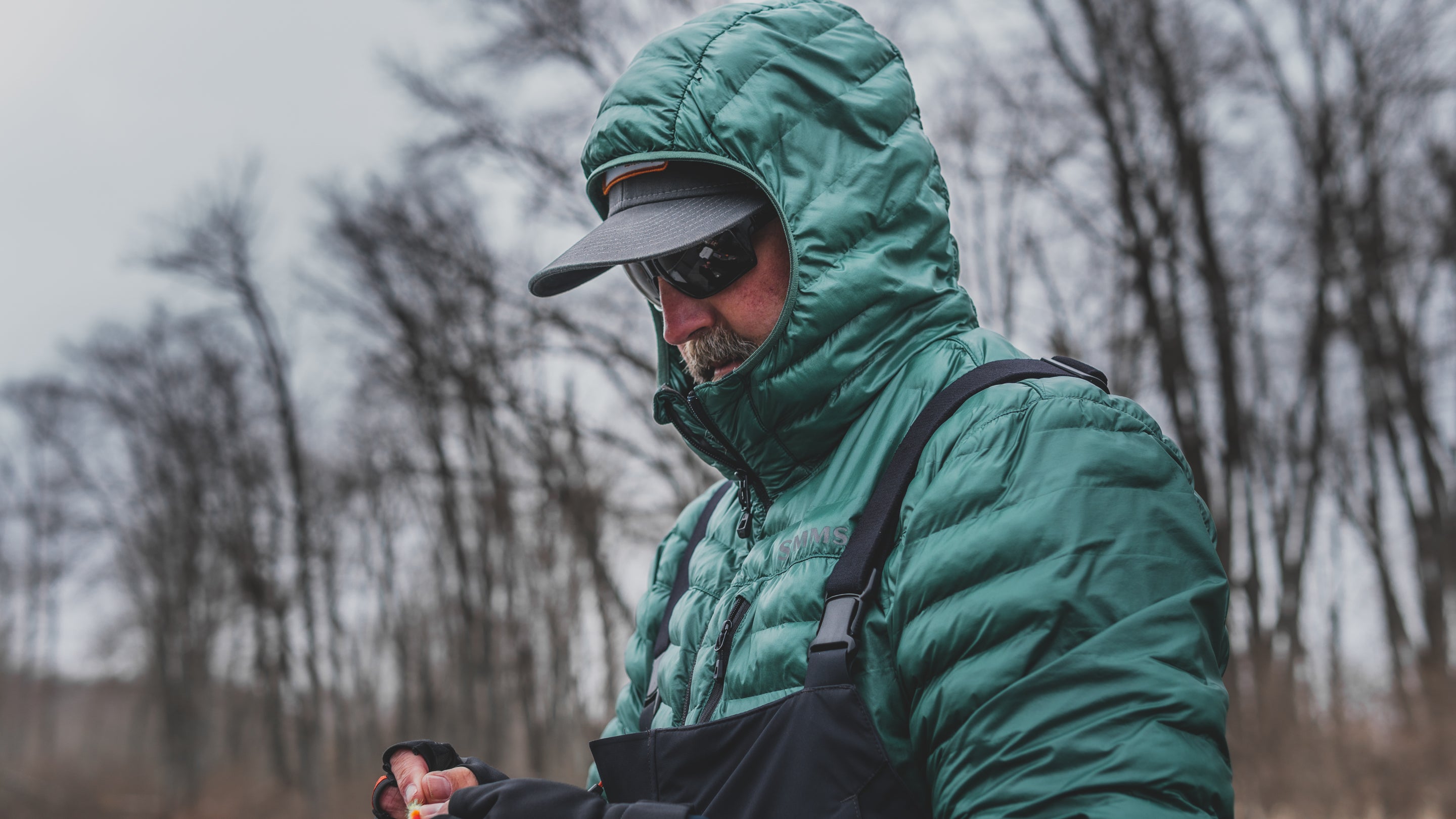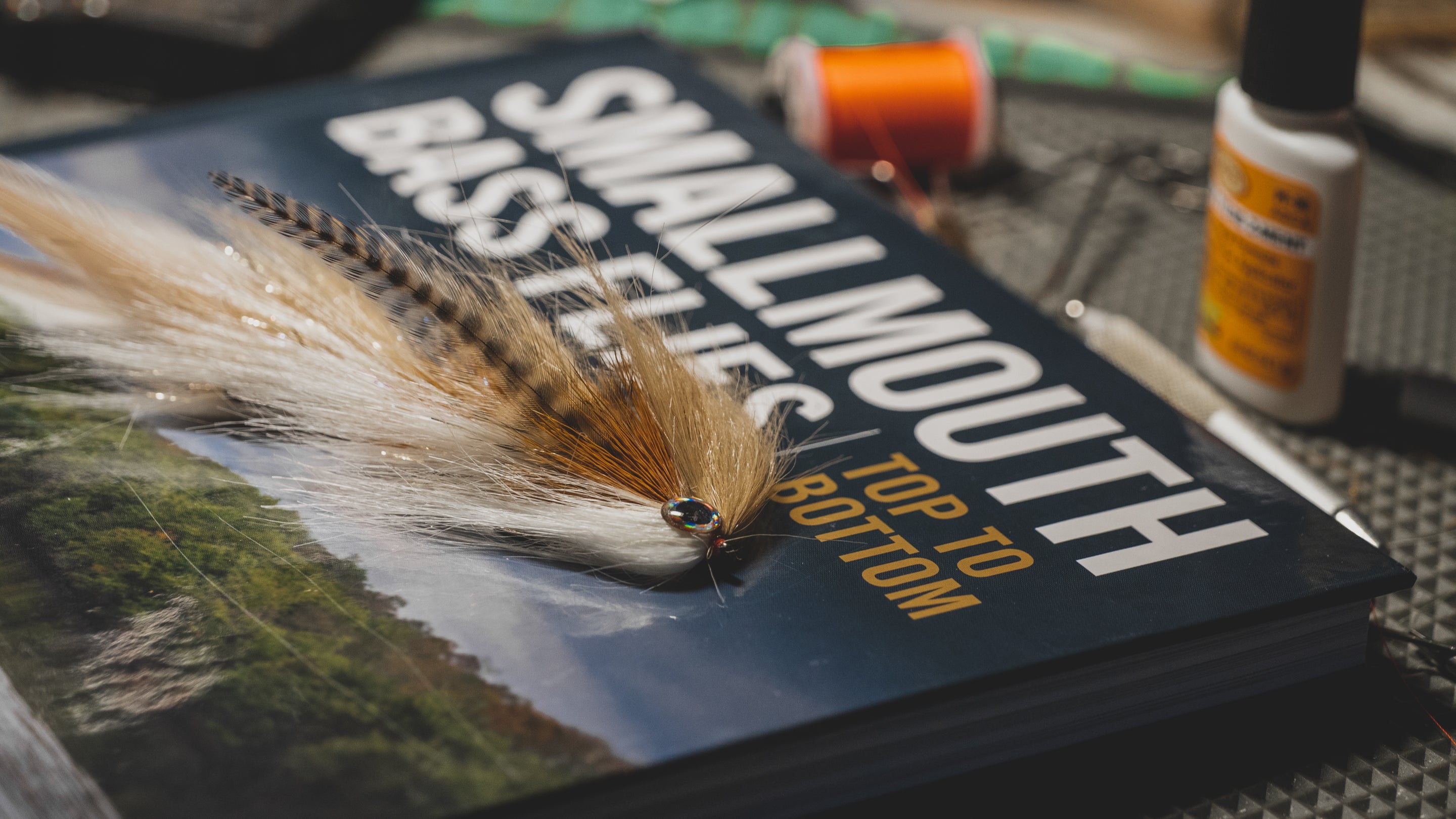Dubbing Loops 201: Choosing Dubbing
Alright, we’ve covered the pure basics of dubbing loops last week with our 101 post & video. Please check them out here if you missed that. This week we will be discussing different dubbing and how they behave in loops. Next week will be more advanced as we work with non-dubbing materials tied in loops. Stay tuned, it should be a lot of fun.
When deciding on a dubbing to tie in a loop there are two properties you need to look for.
1. Length: length has everything to do with how successful your dubbing loops will be. With very short dubbing there isn’t much reason to use a loop unless you’re truly saving time covering large areas or building a dubbing ball. Longer dubbing will cause you headaches although some other long materials work well with the right techniques(more on that next week). That leaves plus with the middle length dubbing to work with.

Hareline’s Ice Dub is my go-to material for use in loops and is right there in the middle of length.
For better or worse however Ice Dub comes in three different lengths.
UV: short fibers (see the photo at the top)
FLORESCENT: medium fibers
STANDARD (Metallic Colors): longer & finer fibers
2. Density
The more dense the dubbing you choose, the more trouble you will have. Despite plenty of attempts, materials like Laser Dub is just not ideal for tying in loops. Unfortunately, the list of dubbing that does not work well is much longer than the ones that do. Remember when fly tyers began creating dubbing, it wasn’t meant to be put in a loop.
Conclusion:
As we’ve discussed, there is actually a very tight criteria for what types of dubbing will work well in loops. That’s okay because as you will see next week, dubbing loops really extend tying possibilities when you start looking at all the non-dubbing materials they can be used with. I’m really exited to start showing you all what loops can do for your tying beyond dubbing!







